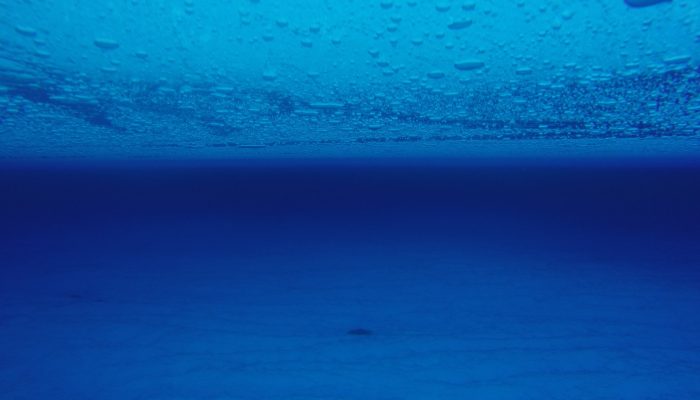♫ Tatata taaa tatatatata Tatata taaa tatatatatatatata We’re heading for Vienna (Vienna) And still we stand tall ‘Cause maybe they’ve seen us (seen us) And welcome us all, yeah With so many miles left to go And things to be found (to be found) I’m sure that we’ll all miss that so it’s the … ♫ …congratulations, you’ve recognise the song….. ...[Read More]
A brief guide to navigating EGU 2017!
Are you going to the EGU General Assembly in Vienna next week? If so, read on for a quick guide to navigating the week: Where to start, what to see and how to meet people and enjoy yourself! After all, the meeting is as much about the opportunities meet scientists from all over the world as it is about the science itself. How on Earth do I know what is going on?! The EGU General Assembly is a mass ...[Read More]
Image of the Week – A high-resolution picture of Greenland’s surface mass balance
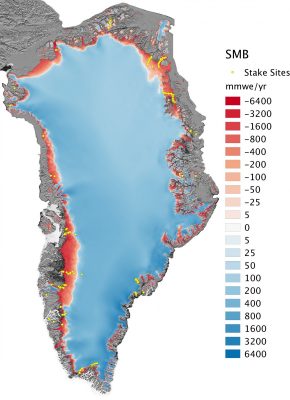
The Greenland ice sheet – the world’s second largest ice mass – stores about one tenth of the Earth’s freshwater. If totally melted, this would rise global sea level by 7.4 m, affecting low-lying regions worldwide. Since the 1990s, the warmer atmosphere and ocean have increased the melt at the surface of the Greenland ice sheet, accelerating the ice loss through increased runoff of meltwater and i ...[Read More]
Image of the Week – The ups and downs of sea ice!
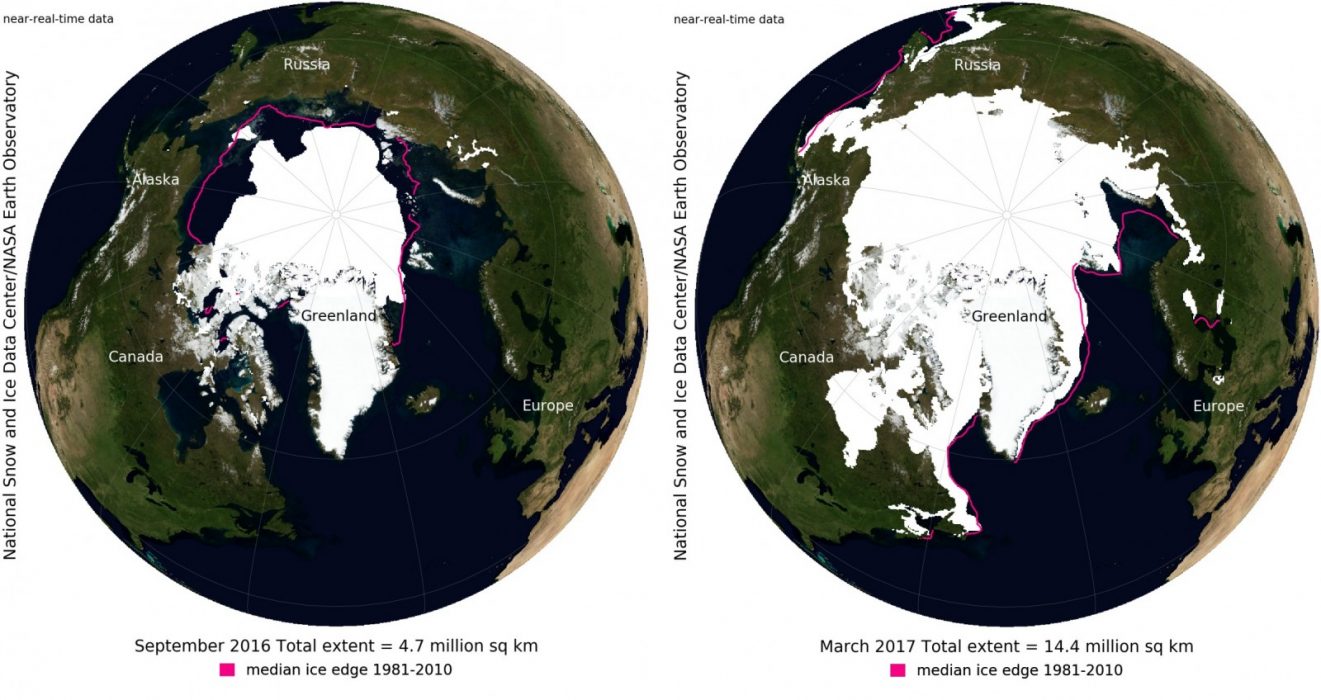
The reduction in Arctic sea-ice cover has been in the news a lot recently (e.g. here) – as record lows have been observed again and again within the last decade. However, it is also a topic which causes a lot of confusion as so many factors come into play. With this Image of the Week we will give you a brief overview of the ups and downs of sea ice! In general, Arctic sea ice is at its minim ...[Read More]
A year at the South Pole – an interview with Tim Ager, Research Scientist
What is it like to live at the South Pole for a year? A mechanical engineer by trade, Tim Ager, jumped at the opportunity to work for a year as a research scientist at Amundsen-Scott South Pole Station. When not traveling on various adventures he lives in Austin, Texas, and recently took the time to answer a few questions about his time at Pole. What goes on at Amundsen-Scott South Pole Station? ...[Read More]
Image of the Week — Microbes munch on iron beneath glaciers
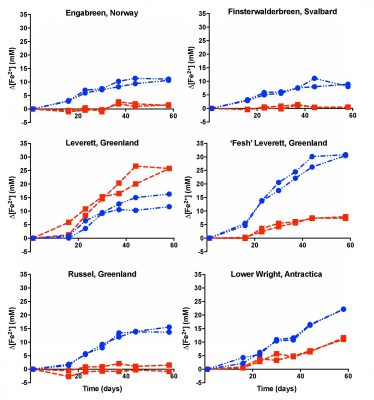
The interface between a glacier and its underlying bedrock is known as the subglacial zone. Here lie subglacial sediments, the product of mechanical crushing of the rock by the glacial ice. Despite their lack of sunlight, nutrients and oxygen, subglacial sediments host active and diverse communities of microorganisms. What we (don’t) know about subglacial microorganisms The past few decades ...[Read More]
Image of the Week – Ice on Fire (Part 2)

This week’s image looks like something out of a science fiction movie, but sometimes what we find on Earth is even more strange than what we can imagine! Where the heat of volcanoes meets the icy cold of glaciers strange and wonderful landscapes are formed. The Kamchatka Peninsula, in the far East of Russia, has the highest concentration of active volcanoes on Earth. Its climate is cold due ...[Read More]
Image of The Week – Ice Flows!
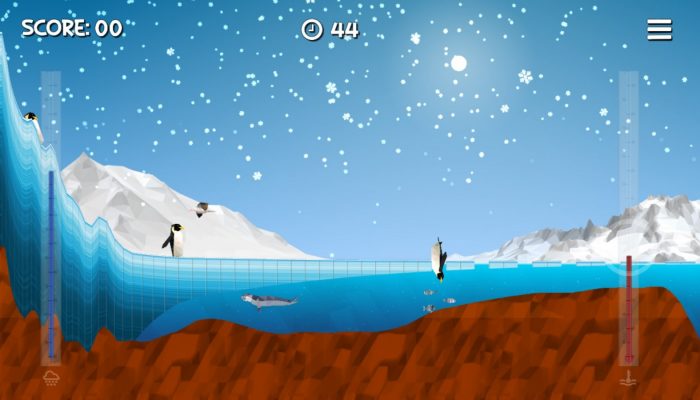
Portraying ice sheets and shelves to the general public can be tricky. They are in remote locations, meaning the majority of people will never have seen them. They also change over timescales that are often hard to represent without showing dramatic images of more unusual events such as the collapse of the Larsen B Ice Shelf. However, an app launched in the summer at the SCAR (Scientific Committe ...[Read More]
Image of the Week — Hidden lakes in East Antarctica !
Who would have guessed that such a beautiful picture could get you interviewed for the national news?! Certainly not me! And yet, the photo of this englacial lake (a lake trapped within the ice in Antarctica), or rather science behind it, managed to capture the media attention and brought me, one of the happy co-author of this study, on the Belgian television… But what do we see on the pic ...[Read More]
Quantarctica: Mapping Antarctica has never been so easy!
One of the most time-consuming and stressful parts of any Antarctic research project is simply making a map. Whether it’s plotting your own data points, lines, or images; making the perfect “Figure 1” for your next paper, or replying to a collaborator who says “Just show me a map!,” it seems that quick and effective map-making is a skill that we take for granted. However, finding good map data and ...[Read More]




